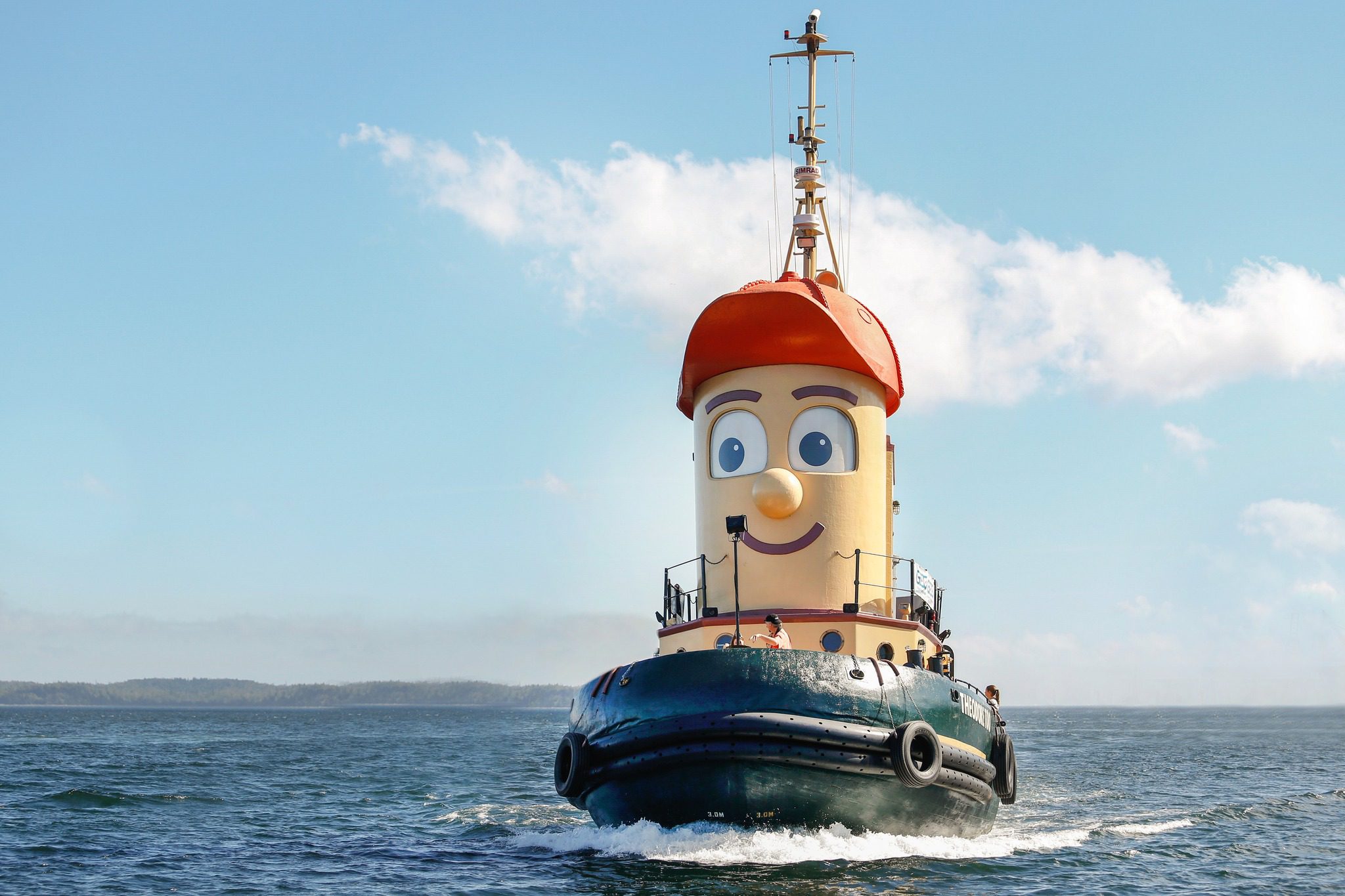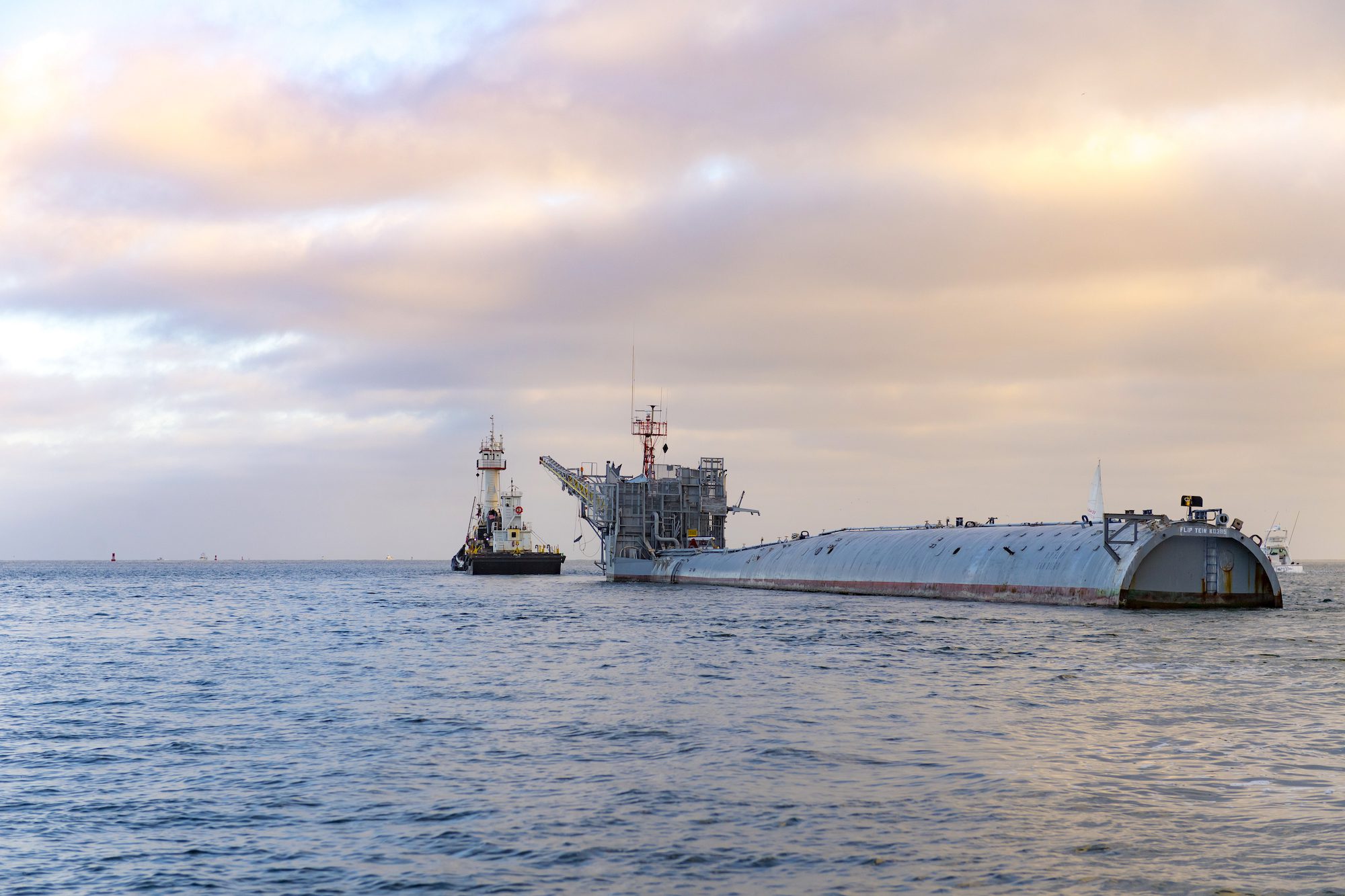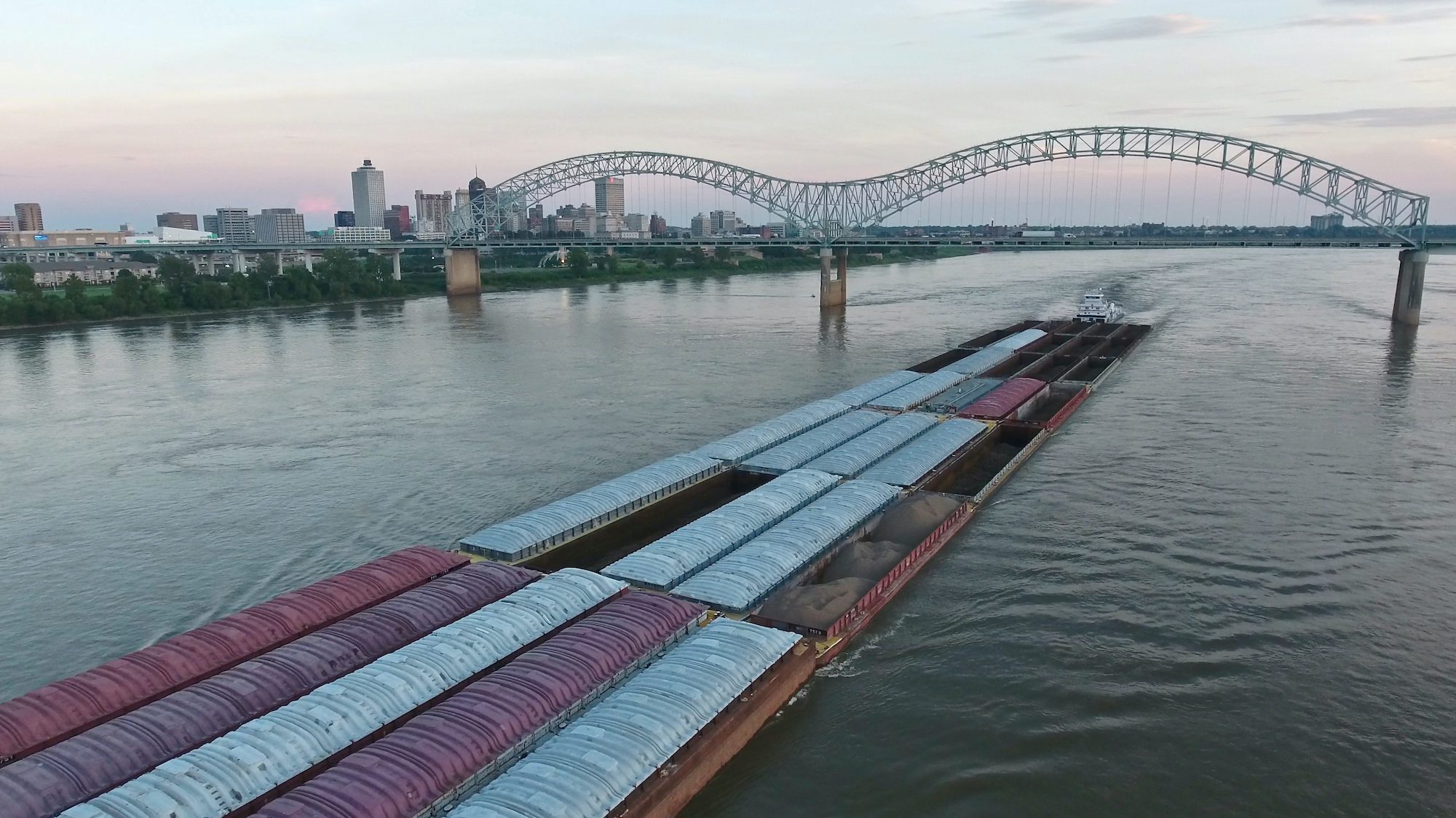Pictured: USCGC Firebush, an Iris-class seagoing buoy tender and sister ship to USCGC Sweetbrier. U.S. Coast Guard Photo
By CW4 Michael Carr – “Sir, the buoy is accelerating, I can make out a bow wake, and it’s heading right up our wake,” reported the Ensign to the USCGC Sweetbrier’s bridge. He was staring at the bright yellow buoy as it moved across the water, possessed it seemed, to ram the 180 foot Coast Guard Buoy Tender in her stern.
“Right Full Rudder, all ahead Full,” commanded the ships’ OOD. As the 8-foot diameter prop picked up revolutions, the heavy WWII-era Coast Guard Cutter shuttered to life, kicked up a wake, and slowly accelerated to her maximum speed of 12 knots.
It was imperative to move as quickly as possible, as far away from this spot in the ocean where she was now sitting. This spot was now claimed by the large, 30-foot diameter, bright yellow weather buoy accelerating toward their position. If the Coast Guard Cutter did not move quickly, then within a few minutes this buoy would smack into her stern at 10+ knots.
Buoys, of course, have no propulsion. What was pulling this weather buoy were two 10-ton concrete blocks attached to the buoy’s 2 miles long mooring pendant. Just minutes ago these blocks had been dropped from the Coast Guard Cutter and they were plummeting, at some unknown but obviously high rate of speed, toward the ocean floor 3,700 meters away.
Sitting far offshore in the Gulf of Alaska, this buoy, and many others, gather and relay information critical to accurate weather analysis and forecasting. Ideally there is no gap in coverage, as a constant and reliable stream of weather data; wind speed, gusts and direction, water temperature, swell and wave height & period, pressure, are necessary to produce and validate weather analysis and forecasts.
However, after years of being “on station”, buoys need to be relieved and replaced with a new, fresh buoy, and this is where Coast Guard Buoy Tenders play a vital role. They tow out new, replacement buoys and set them in place, and tow the old buoys back to port for refurbishment.
Sitting in thousands of fathoms of water, this buoy, anchored in 3,700 meters, over 12,000 feet or 2 nautical miles required a special mooring system. Two concrete sinkers, weighting 10 tons each, are connected by a chain bridle, which is now suspended under the buoy tender’s hull, one sinker hung on either side.
Connected to the two sinker’s chain is a bridle of nylon & polypropylene braided line. Nylon line sinks, and polypropylene floats and the two work together to form an “inverse catenary”, which enables the NOAA buoy to support the nylon line’s weight, and provides resilience & shock absorption to the onslaught of never ending storms and seas.
Setting these buoys is a coordinated and “one shot” operation. First the buoy tender must position itself over the correct location. On this day, GPS was only a concept at DARPA and Loran C was new, subject to unpredictable land and sky wave distortions. The USCGC Sweetbrier was too far from land for radar ranges, so positioning was dependent on celestial, Loran A, and an accurate DR.
Once in position both concrete sinkers were released simultaneously. If one sinker released, and the other, for whatever reason, became jammed in its release hook, the first 10-ton sinker would drop the length of its chain, come to an abrupt halt, and most likely tear a hole in the ships gunwale.
If only one sinker broke free the buoy, trailing mile or so astern of the buoy tender, would accelerate toward the Cutter, with ever increasing speed. The Cutter would need to move out of the way, while dragging the unreleased 10-ton weight with them. Both sinkers needed to drop simultaneously.
For this reason, the weights are hung with care, the bridle strung precisely, and inspected by both the Warrant Bos’n and Skipper.
When the call came to “Release the stoppers!”, two crewman, on opposite sides of the buoy deck, each grasping a sledge hammer, would smash the restraining link on their stoppers, releasing their 10-ton concrete sinkers and chain. Both sinkers would head towards the ocean floor, 2 miles away. Success came down to two Coasties wielding large sledgehammers.
As the concrete sinkers, chain and line headed downward, the buoy would accelerate and head toward the ship, and so the buoy tender must move away from this “X” marks the spot, as quickly as possible.
When all was ready on deck the Warrant Bos’n informs the skipper,
“Sir, mooring pendant is strung, sinkers are hung and ready for release.”
When the Cutter is on station the Navigator reports to the OOD: “Sir, Loran lines, a DR plot and Celestial LOP show us on-station.”
“Roger that,” replies the OOD, and he then notifies the Skipper,
“Skipper, sinkers are hung and ready for release, we are On Station!”
The Skipper takes in the situation, looking for anything amiss and seeking independent confirmation that all is as it should be. He then takes a sip of coffee, walks to the windward bridge wing, leans over the coaming, and with unwavering certainty and commitment, shouts:
“RELEASE the SINKERS!”
WHAM! WHAM! Go the sledgehammers, followed by a massive rattling of chain, sparks, clouds of rust, smoke and splashing water.
“Sinkers AWAY!” comes the report from the buoy deck, followed by “MOORING LINE clear”.
Immediately the OOD commands: “Right full rudder, All ahead full.”
The Cutter comes up to full speed slowly, but sufficiently fast to provide “right bearing drift” to the buoy’s radar plot, ensuring there will be no collision.
As the OOD looks forward, all other eyes are peering off the Cutter’s starboard quarter watching the large yellow buoy race toward her new position.
“It appears she has stopped, and is ON STATION,” reports the Navigator to the Skipper. “Roger that,” replies the Skipper.
“Send a message to COMSTAKODIAK and District 17 ATON, report ODAS Buoy is On Station and Watching Properly,” commands the Skipper.
These are magic words to those who work with buoys, “On Station and Watching Properly”. It implies success and confirmation to your navigation, seamanship and mariner skills.
“On Station and Watching Properly.” Make fresh coffee, head for home.

 Join The Club
Join The Club











